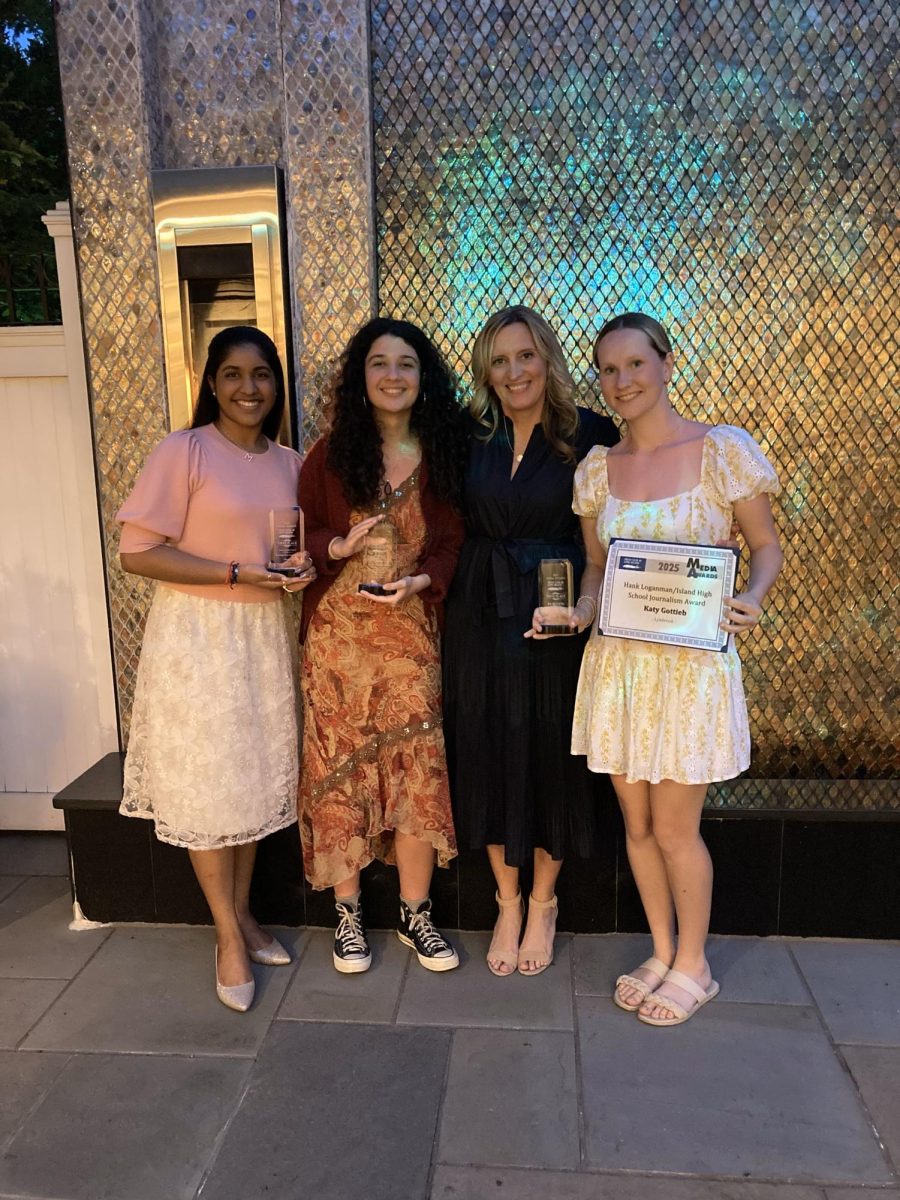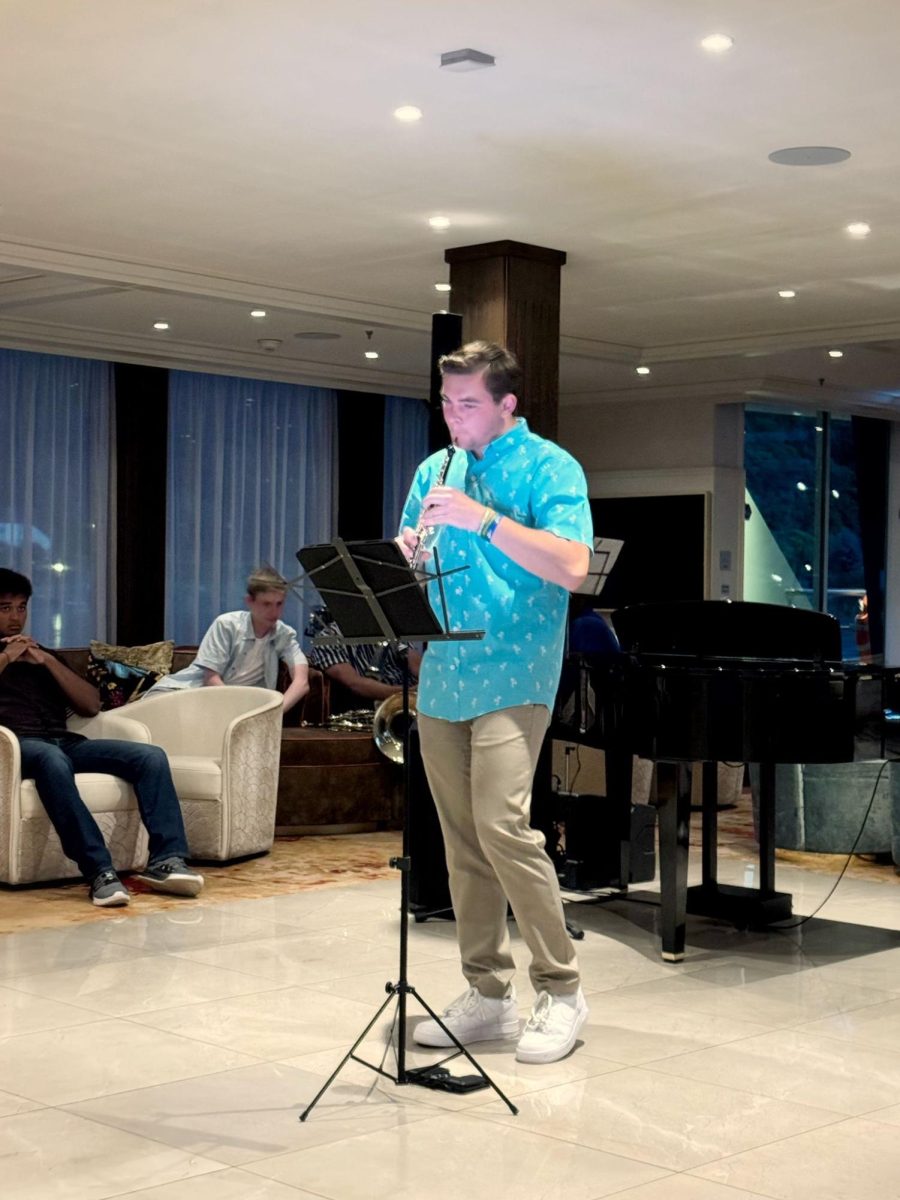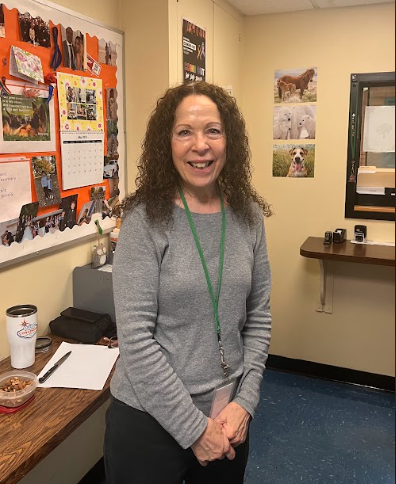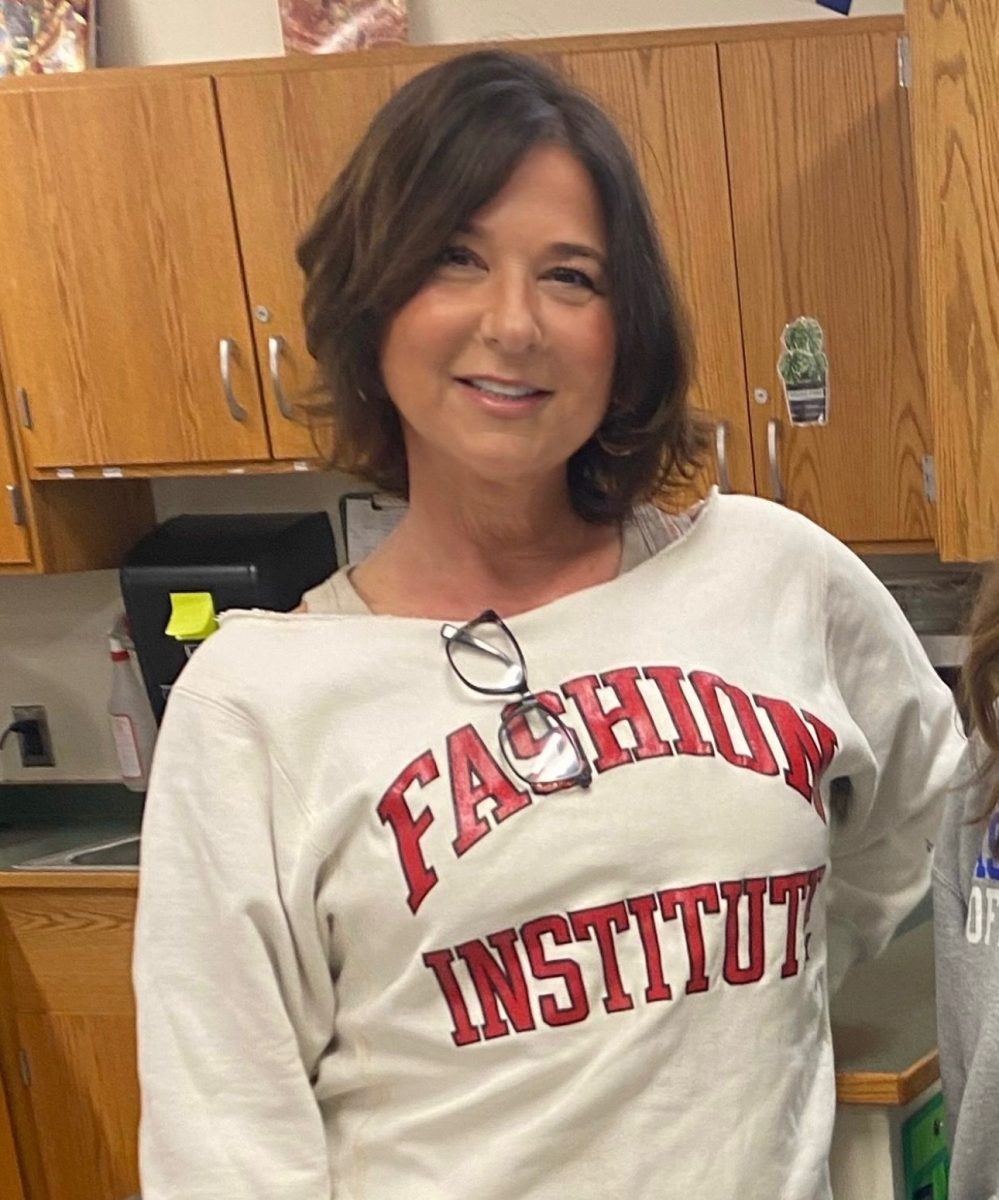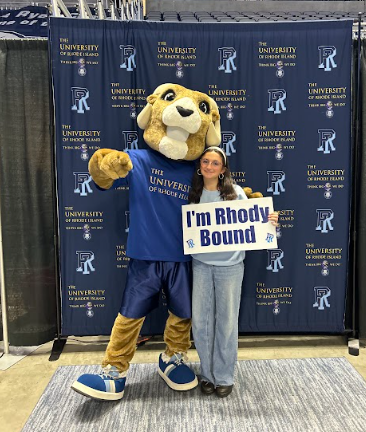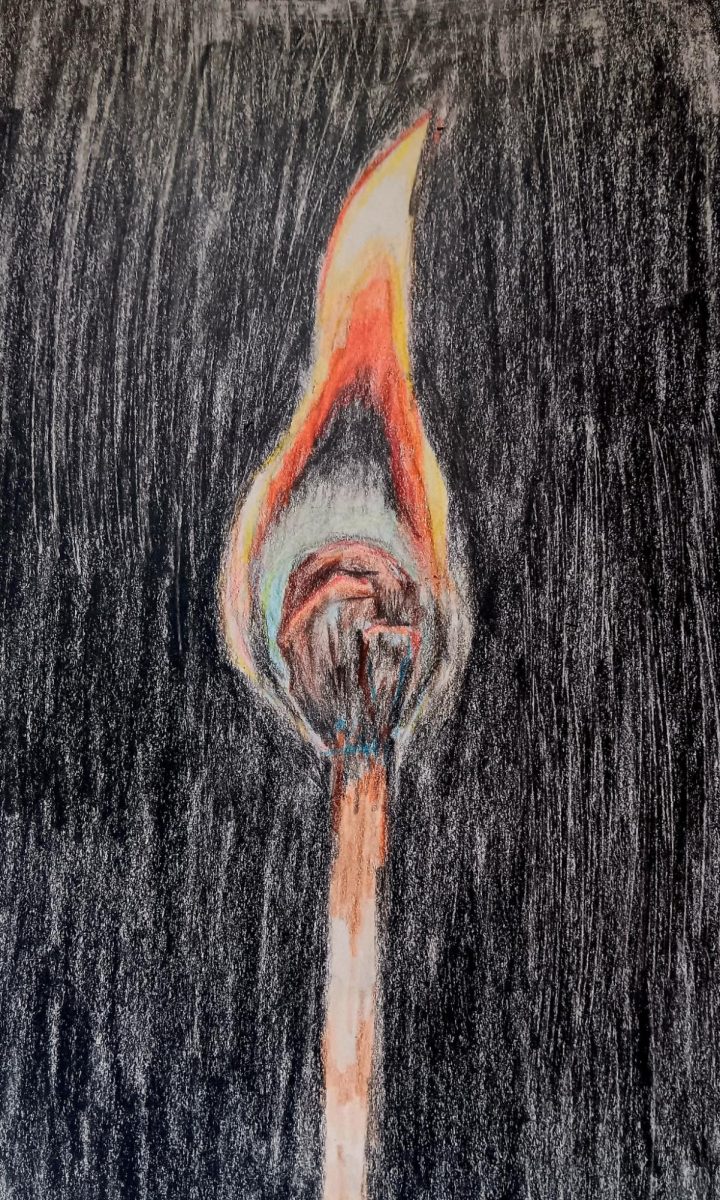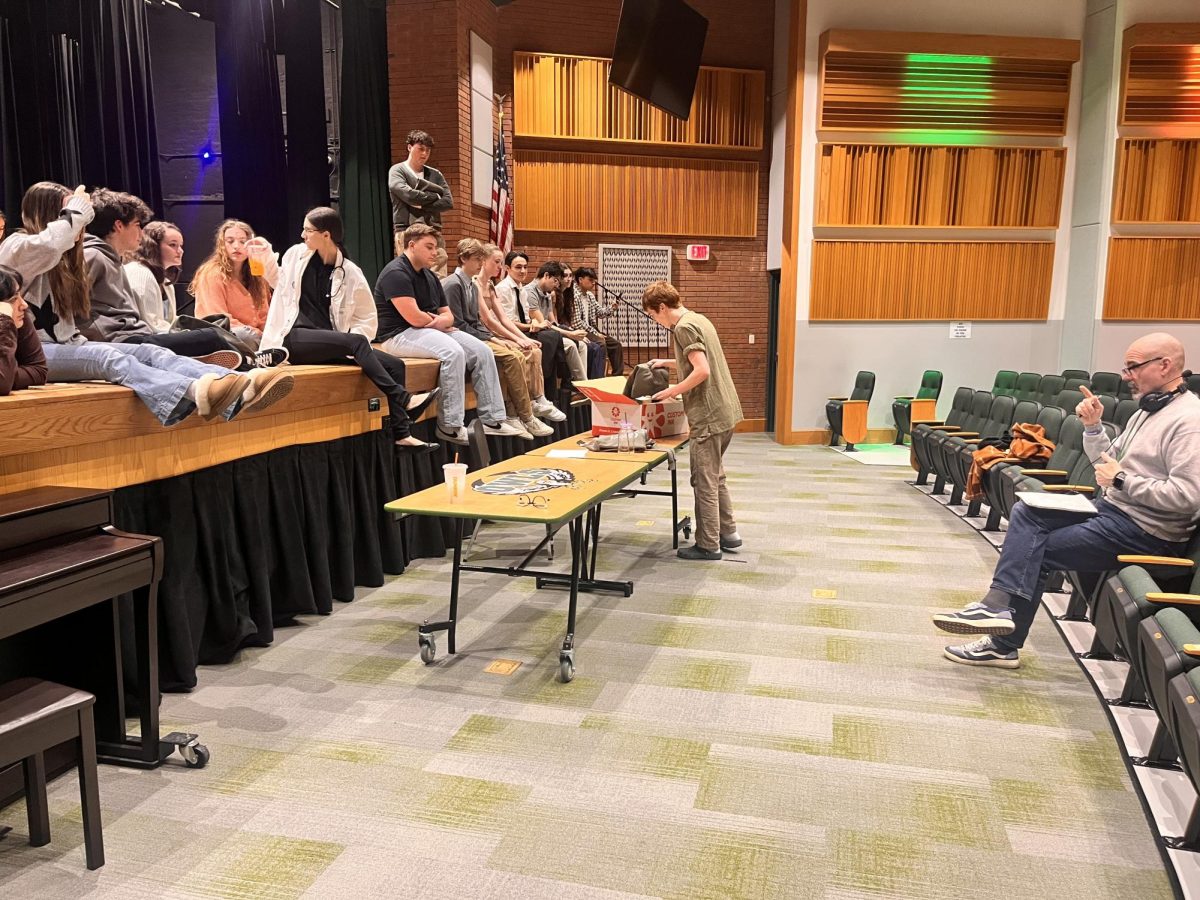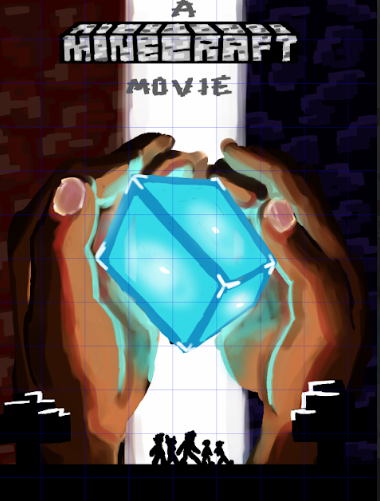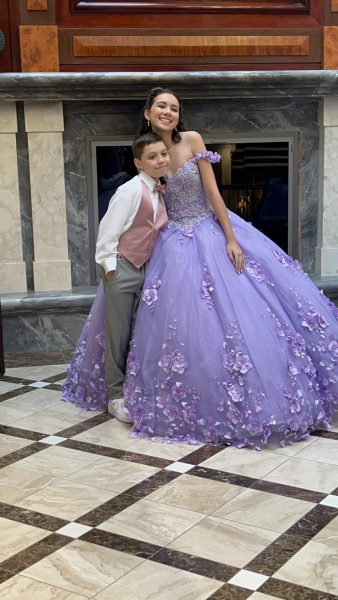High beam lights, eyes watching from the crowd, and backdrops that transformed the auditorium into a different world: this was the end product of weeks of dedication and the life of a young actor at LHS. The roaring applause from the audience, the props on the stage that served as an extension of their bodies, and the rush of adrenaline when under the spotlight; these were the feelings of euphoria that the actors chased, reached for, and perfected.
Few who sat in the audience after the show opened understood the diligent work that was put in to transform the John F. Branciforte Auditorium and atmosphere into the famous nursery from Walt Disney’s Peter Pan, and the countless hours the cast endured to truly tune into their characters. From Monday, March 31 to Thursday, April 3, the week of the production, the cast and crew of Lost Girl experienced Tech Week and made the final changes to truly bring the feeling of Neverland to its audiences.
Tech Week was the final week of rehearsals before the production. From Monday to Thursday, final notes were given, lighting cues were introduced, full run-throughs back-to-back were performed, scene changes were recorded, costumes underwent one last inspection, and microphones and sounds were tested and prepared for Friday’s premiere. As the name suggests, this was the first time that the technological aspect was incorporated into practice. The house lights were turned off, spotlights were tested, speakers and sound were connected, and microphones were assigned to every actor. If not using the common lavalier mics, then the overheads’ volume was evaluated for the ensemble or characters with less speaking roles.
Right after the dismissal bell rang, actors flooded in from different parts of the school, set down their bags, and got right to work. They changed into their costumes, started reciting their lines to one other, and began taping their mics on. The crew got straight to work as well, sweeping the stage, going over notes, and accounting for props on either side of the stage. In this small time period, schoolwork got started, chatter between friends across the auditorium became louder, and some recuperated from the tiring school day. When everyone was settled and ready to go, microphone checks began. Standing on the stage, actors got their characters called out and they recited dialogue, said a few words, or just continued a conversation to ensure that the sound was able to pick up their voices just right. Afterwards, everyone was on standby for when the first run-through would be done.
Using this time to channel their characters, scripts were flipped through, and actors mentally prepared for transforming themselves into their temporary personality. Even though only a practice, nerves set in for many. Junior Nicholas Sferrazza (Nibs, one of the Lost Boys), mentioned the common fear of every actor: forgetting their lines. “It’s hard to not overthink your part and trusting that the lines will always come back to you. Once you do it so many times, you get the groove of it, but you still have that feeling in your stomach of What if I forget it?’” said Sferrazza. He continued, “But when you’re on stage and you’re actually doing it, it comes back to you so easily. It’s because you’re so in the zone and you’re really feeling the characters.”
During this time, the crew worked on taping or “spiking” the stage. For each piece of scenery put onto the stage during a transition, a marker was placed to identify its exact spot. After the position was confirmed from the audience’s point of view, a piece of tape was placed on the back two corners of the object in the corresponding tape color. For example: the main scenery in Lost Girl was the nursery. For the crew, this specific scene had yellow neon tape placed on the floor in the position of the bed and the nightstand. Orange, yellow, pink, green, and blue tape had scattered the floor in little right angles to signify the corners of boxes and other objects for each scene throughout the show. Stage managers, junior Amanda Perri and junior Andrew Callaghan, were in charge of running the production from the shadows. Callaghan called the show from the light booth while Perri was one of the stagehands and managed backstage all together. “Using the headsets, I tell the [stagehands] what to do or what to put on before the scene actually happens. Calling the show is a good mix between being stressful and not at the same time because I know everyone who’s behind the stage knows what they’re doing and I’m basically just serving as a reminder to them,” Callaghan explained. As for Perri, along with her assistant, freshman Sharon Alfred, managed all of the crew that was on either side of the stage. Together, they handled scene changes, organized props for each character, and managed the possible rise in volume levels. For this production, Perri stepped out of her comfort zone and took on the role of Callie, dividing her time equally between performing and still handling her backstage role with ease.
It could not be considered a real run-through if it was not stopped in the middle of a scene to change stage directions and work on light cues. Being the first time lighting and sound was mixed together, the first days moved slowly, so slowly that rehearsal on some days ended at 9:00 p.m. “Since it is Tech Week, we are mostly just running things over and over again. I guess that seems boring, but it’s actually pretty fun when you think about it. Everyone is just fooling around and having fun with each other; you make a lot of friends here since you spend a lot of time with people backstage,” junior Lara Vardar (Wendy’s doctor) mentioned. Spending up to six hours together after school, many friendships were formed among the cast and crew, real connections that helped with the relationships seen on the stage.
Even after a run-through was completed, notes were given by the directors who had been sitting in the audience for the entirety of the performance. As attendance during this week was mandatory for all of the cast and crew, both received specific notes to correct and incorporate into the next run. These notes did more than make small changes; they solidified the actors’ confidence in the show and allowed the characters to flow and move naturally across the stage. Sophomore Mackenzie Reis watched the show come together and truly become a real production during this week. “I was a lot more confident in what we had,” Reis said only two days into Tech Week. “Just seeing [the show] kind of come together slowly put a little bit more pep in my step and really helped me do my job a little bit better.”
This was the process all four days until Opening Night: costumes, performance, notes, and repetition. The hard-working actors received their break for dinner then continued putting maximum effort into their scenes. When the night of the show rolled around, everyone was ready and confident in their performance. Everything ended with the “energy circle,” a tradition between cast and crew from both the musical and the play. Everyone stood in a circle, held hands, and squeezed the hand of the person to their right until the gesture circled back around to the person who had started it. “The energy circle is a tradition we do where it kind of centers everybody before the show. It really just makes sure you’re in sync with your castmates and makes sure everyone is all on the same level,” junior Sophia Schoen (Wendy’s mother) explained. “It’s really a beautiful moment,” junior Ryan Dugger (Slightly, another of the Lost Boys) said. Dugger added, “If someone messes up, you yell at them and they’re known for it for the rest of the night until everyone forgets and it’s just hilarious.”
It was the week of turning a script into a show, a meaningful one for the cast and crew who had dedicated hours to perfecting it. While the audience had seen something spectacular, it was truly difficult to fathom the commitment and love that these actors had for turning an audience member’s night into something as magical as Neverland itself.

